Everything You Need To Know About Camping Abroad
DRIVING ESSENTIALS
NUMBER PLATES AND NATIONAL IDENTIFIERS
Firstly, you need to make sure your number plates comply with European standards and, when driving, you let people behind you know your country of origin.
In the EU (for now), you do this by either having 'Euro-plates' (number-plates that show a circle of 12 stars on a blue background) or, you place a GB sticker on your car and/or trailer. Outside the EU you need a sticker whether your number plate even if your car has Euro plates.
 LOW EMISSION AND CONGESTION ZONES
LOW EMISSION AND CONGESTION ZONES
Some countries in Europe have low emission zones (LEZ) rules and regulations to improve air quality in cities. They affect not just the locals but foreign visitors too. Don't get caught out with a fine by driving through a LEZ without the right documents. In Paris, for example, their LEZ began in July 2015. Vehicles need a sticker to show they can access the zone. The LEZ is mainly in the city centre. There is no cost to getting bar the postage. But, you need one to enter.
Italy has so-called 'ZTL' areas in cities. It stands for 'Zona Traffico Limitato', or 'limited traffic zone'. Like in Britain and France, the authorities want to lower congestion and pollution. Enter a ZTL without the right paperwork, and you will face a fine, automatically. Ultimately, it's best to avoid them, if you can. Who wants to drive through a busy city centre, anyway?
BREATHALYSERS
We all know drink driving is both illegal and unwise. However, it is also compulsory for drivers to carry a breathalyser in the car in France. You need to have one in your vehicle which shows an 'NF' number on it. You can buy breathalyser kits in the UK from Halfords for £4.99: If you don't have a breathalyser in your car in France, you might get a fine. But, more importantly, it's worth having one or two to hand if you are not sure you are safe to drive anyway.
DAYTIME HEADLIGHTS
Have you ever wondered why Volvos have their sidelights on permanently? It's because many European countries require you to drive using your headlights dipped during daylight hours. Countries where this is compulsory include Croatia (this is seasonal, from the last Sunday in October to the last Sunday in March), Denmark, Italy, Norway, Sweden and Switzerland.There's no harm in keeping your headlights on during the day even if it's not compulsory in the country where you are. It's better to be seen so you can minimise any accidents.
HEADLIGHT ADJUSTMENTS
Talking of lights, you must adjust yours to driving on the right, so they don't dazzle oncoming drivers. You have to use headlight adjustments in all European countries (bar Ireland - they drive on the same side of the road as us!) Fortunately, it's simple to do. You need a set of stickers to place on your headlights. They are quick and easy to fit. Get headlight adjustment kits from Halfords for around £8. Don't forget to take them off when you get back to Britain!
FIRE EXTINGUISHERS
Some countries make it compulsory to carry a fire extinguisher in cars for locals. However, it's not mandatory for visitors to carry them in their cars. Nevertheless, it's a good idea to carry one in your vehicle anyway. You never know when you might need it, especially if you have a fire in your caravan.
FIRST AID KITS
Although not compulsory to carry in most European countries (bar Austria and Croatia), we recommend taking one with you. Local drivers in some states have to carry them. Accidents happen, and it's wise to prepare for them.
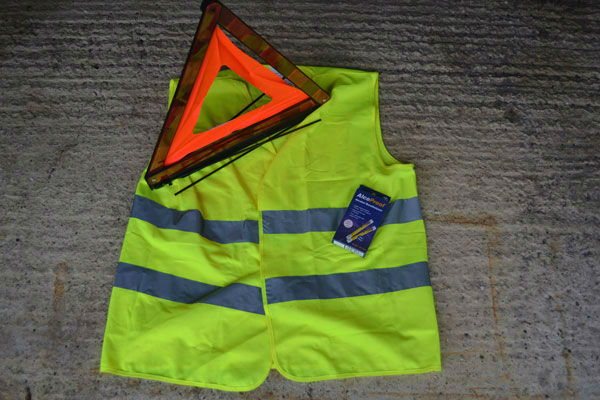 HIGH VISIBILITY JACKETS
HIGH VISIBILITY JACKETS
Imagine standing by the side of a busy road at night because your vehicle has broken down. You want to be visible to other drivers. How do you do it? Wear a high visibility jacket. In fact, it's compulsory to carry and use high visibility jackets in your car in Austria, Spain, Croatia, Belgium and France. In Italy, you have to have one within reach of the driver. Some countries require all occupants to have one.
EMERGENCY WARNING TRIANGLES
Compulsory in most European countries, we recommend having two available in your car. They are easy to store and could make a difference to letting other drivers know about you if you break down before it's too late on a busy road.
SPEED LIMITS
Speed limits in Europe vary, and they measure speed in kilometres per hour (kph), not miles per hour (mph). It's wise to get used to using the kph dial on your speedometer before you go abroad. It's easy to forget, and you could find yourself speeding by mistake because you're looking at the wrong scale. Roughly speaking, 50kph is about 30mph. 80 kph is about 50 mph. 120 kph is about 75 mph. Generally speaking, the speed limit on motorways is 120 to 130 kph, on rural roads the limit is between 80 and 90 kph, and 50 kph on urban roads. However, check before you go. It's also worth knowing that some speed limits in Europe vary in inclement weather too.
If a driver commits a vehicle offence like speeding or illegal parking Europe’s police can, and do, enforce any fine and licence endorsement through the British courts and police.
RADAR DETECTORS
European rules forbid drivers to use radar detectors to warn them of speed cameras. The police in many countries make 'on the spot fines', so avoid using a radar detector and keep within the speed limits. If your satellite navigation system warns you when you are approaching a speed camera, you will need to switch off this function when driving in Europe. It could help you avoid getting a fine if caught.
HANDS-FREE
The UK law now means that it's an offence to use your mobile phone while driving unless you are using it 'hands-free'. It's no different in parts of Europe. In Spain, you must use a 'hands-free' system to use your mobile phone while driving. The same applies for earpieces too. You are not allowed to use them. It has to be hands-free when you take a call on your 'phone.
CHILD SEATS
You need to make sure you have the right child seats in your car when driving in Europe to comply with the law. In Switzerland, for example, children up to 12 years old have to sit in approved child seats (UN ECE regulation 44.03), unless they are taller than 1.5 metres. In the Netherlands, anyone under 18 who is less than 1.35m tall cannot travel in the front or rear passenger seat of the vehicle unless it has suitable seat belts fitted. Children under three can sit in the front seat as long the airbags are deactivated, and their seat faces to the rear. In France, children under 10 sitting on the front seat of a car can only do so if they have a special child restraint. But, this is not the case if your vehicle has no back seats (such as a van), or there are small children already occupying the back seats in your car already.
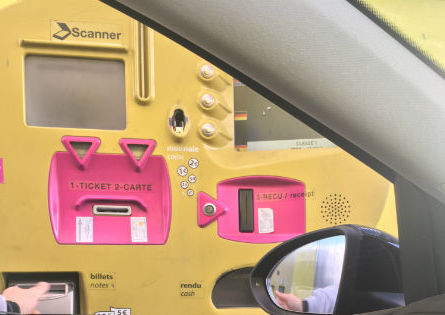 ROADS
ROADS
It costs to travel on French and Spanish motorways. Although they’re not cheap (Calais to Paris costs £30) they are by far the quickest way to reach your destination (they can also be paid for by credit card to save your cash). Just be wary of the ticket booths at the start and end of the motorways – on the wrong side for British cars, so it’s tricky to line up the car correctly to take the ticket or pay the toll without your passenger needing to lean precariously out of the window. Driving on Swiss and Austrian motorways requires you to buy a 'vignette' - effectively a motorway pass.
Also make use of the numerous stopping areas on the main roads: these are great for a picnic, toilet break or just for having a rest. Do be aware that facilities in some of the more remote places can be quite "rustic".
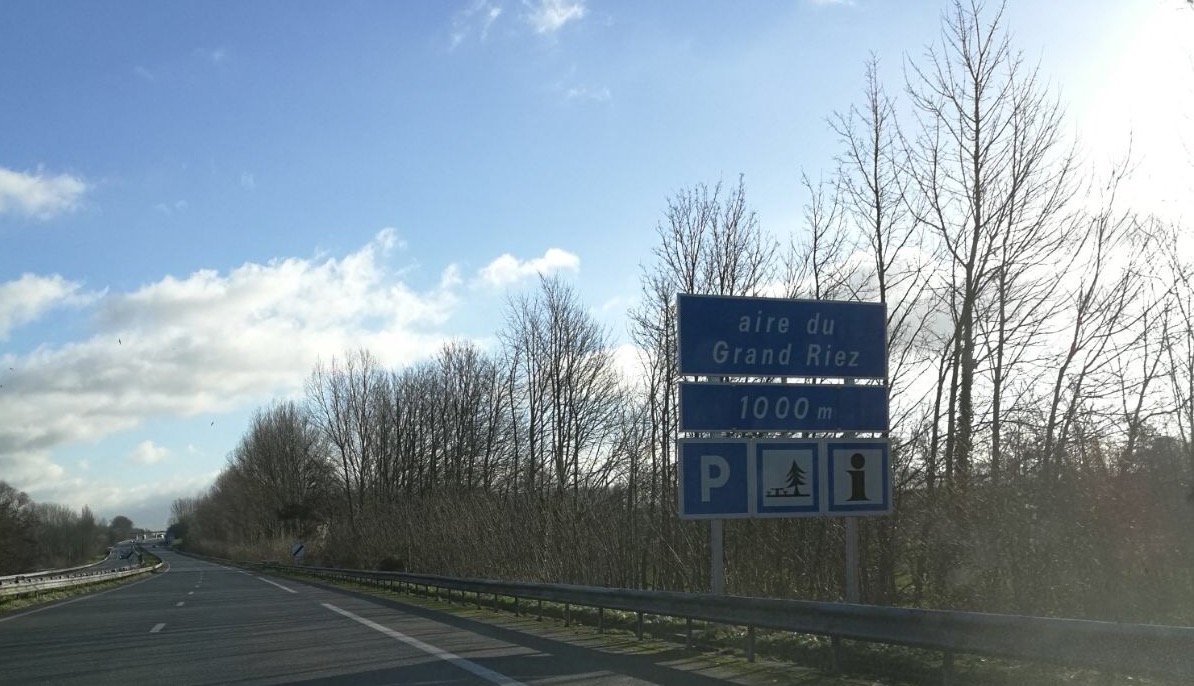
FUEL
The three common vehicle fuels – petrol, diesel and LPG – are available throughout Europe but in France many of the fuel stations off the motorways may not open on Sunday and some not on Monday either.
DOCUMENTS
DRIVING LICENCE & V5
Don’t forget to take your driving licence, the car’s V5 (logbook) and current insurance certificate. If you have a lease or fleet car you'll need to get documents from the company to prove that you have permission to drive abroad.
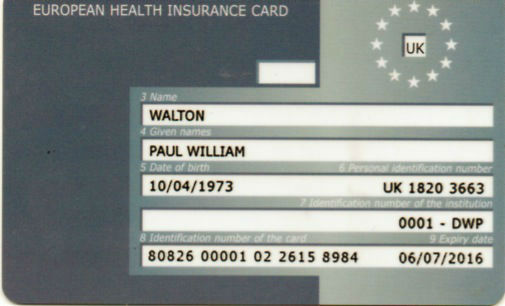 EHIC
EHIC
The European Health Insurance Card (or EHIC) is available for UK residents and is valid in all European Economic Area (EEA) countries and Switzerland. It allows state healthcare at a reduced cost or sometimes for free. It is free and can be applied for on line (www.ehic.org.uk).
TRAVEL INSURANCE
Although the EHIC guarantees healthcare when abroad, it doesn’t mean it’s free and neither will it get you or a family member home in case of illness. For this you need travel insurance. It can be bought for a single trip or for 12 months.
CAR INSURANCE
Most motor insurance policies will automatically cover you for European travel. However, a lot of standard overseas coverage is the equivalent of third party in the UK and so insurance companies offer a separate, more comprehensive policy for European travel. Breakdown cover is often included as part of the policy but if it isn’t, the major breakdown services offer a separate European option that includes a get you home service.
HOW TO GET THERE
For visiting France, Belgium and Germany the most direct route for crossing into the continent is via the channel. This means taking the tunnel or a ferry. They both cost around the same and both run regularly day and night. The benefit of the tunnel is its speed – just 35 minutes compared to the ferry’s crossing time of an hour and a half.
For journeys to Normandy and Brittany, overnight ferries into France’s northern ports (Le Havre, Caen, Cherburg, St Malo and Roscoff) are recommended. The travel time is longer (Portsmouth to St Malo takes 11 hours) and they can be more expensive (£800 for the same crossing) but they save huge amounts of time and fuel driving from Calais. Don’t discount how large France is when preparing your travel plans.
This is especially true when driving south to Spain – it can take two or three days of constant driving. And so there are ferries from UK ports (Poole, Portsmouth and Plymouth) that slowly make their way to Northern Spain (Santander and Bilboa).
The Netherlands has its own ferry service from many ports in the UK (Hull, Harwich and Newcastle to Hook of Holland Zeebrugge and Amsterdam).
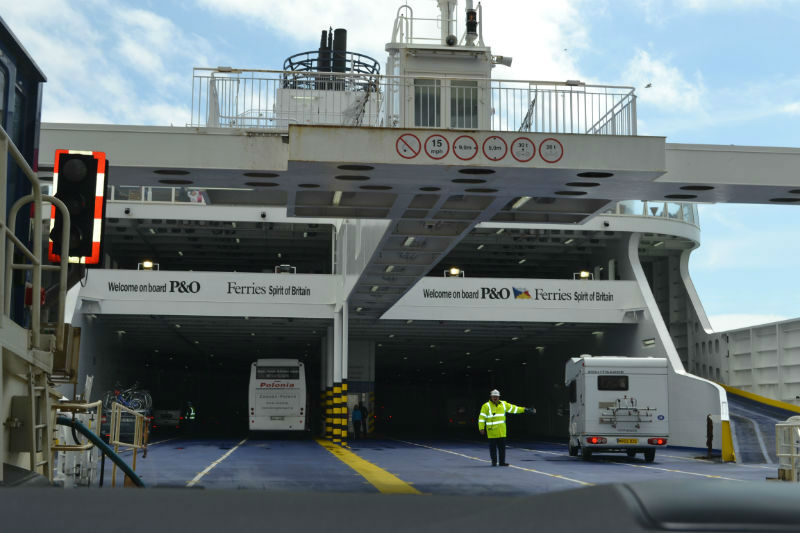
ON SITE
ELECTRIC HOOK-UPS
The blue plug and socket that is standard in the UK is widely used on European sites, but not all. Many still use a two-pin connection, and you’ll need an adaptor to connect from your existing lead to the old style connections. These are widely available from UK camping shops. In addition, a mains tester is worth taking to check the mains polarity. If the tester shows reversed polarity, you’ll need another adaptor to correct it before using British appliances.
GAS
Calor Gas is not available in mainland Europe, so if that’s what you use make sure you bring enough from home to last for the length of your trip. Alternatively, use Campingaz, which is readily available across the Continent. Be aware of restrictions on taking gas onto ferries and Eurotunnel.








Recent Updates
Our family camping checklist: everything you need to pack
Sure, you’ve packed the tent and the sleeping bags – but what about slip-on shoes and glow sticks? These are the family camping essentials that you ...
Our guide to planning the perfect camping road trip
Roll down the window, pop on those shades and crank up the volume – it’s time for a road trip. Get ready for ...
Camping in Europe: our 12 top tips
If you’ve not camped in Europe before, there’s a few tips and tricks you’ll need to avoid some continental ...
Solar power for camping: all you need to know
Staying connected in the great outdoors is easier than ever with a solar charger – or is it? How reliable are ...
Wild camping kit list: everything you need for your next adventure
Make sure you’re ready for anything with this list of lightweight camping gear and clothing, including ...
Camping furniture: all you need to know to make your tent a cosy haven
We delve into the essentials of camping chairs, camping tables, and kitchen and bedroom furniture, ensuring ...
Camping lights for tents: What you need to know
We will guide you through all the lighting options available for you and your tent, including interior ...
Camping kitchen: all you need to know
In the great outdoors, a well-equipped camping kitchen transforms mealtime into a delightful adventure ...
How to pack away your camping gear for winter
A complete guide to packing and storing your gear at the end of the season ...
Camping guide to trailers
Trailer stash or trailer trash? Being able to carry lots of other gear when you go camping isn’t such a bad ...
Other Articles
Winter camping: all you need to know to keep warm
Winter doesn’t have to mean the end of the camping season. With good preparation and the right gear, there’s no reason why you can’t camp all year ...
Camping toilets: a complete guide
If you are wild camping, camping off-grid or the campsite you book onto doesn’t have toilet facilities, you ...
Top tips for camping in windy weather
How to make sure your tent stands up to gusty conditions ...
Camping tents: a complete guide
If you're considering buying a camping tent, whether it's your first time or you're a seasoned camper, making ...
Camping sleeping bags and beds: a complete guide
When it comes to camping, there's one essential item that can make or break your outdoor adventure: the ...
Camping gas: how to use gas on the campsite
A complete guide to using camping gas appliances safely on the campsite, from choosing the right stove to ...
Camping storage: a complete guide
Having problems knowing where to put all your gear when you're camping? Read our top tips and see some great ...
Camping electric hook-up: a complete guide
This is everything you need to know about using electricity on a campsite, including how to hook up ...
How to pack all your camping gear into your car
Planning a family camping holiday? Find out the best way to fit all the kit you need into your car boot, roof ...
Camping stoves and cookers: the complete guide
Camping stoves are an essential part of any outdoor adventure, allowing you to prepare meals and hot drinks ...